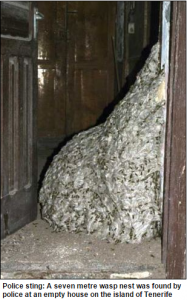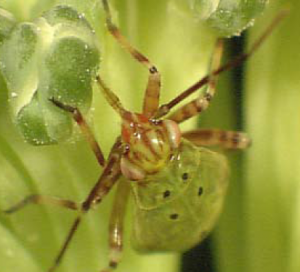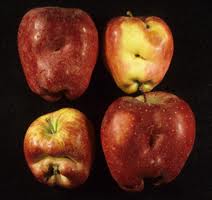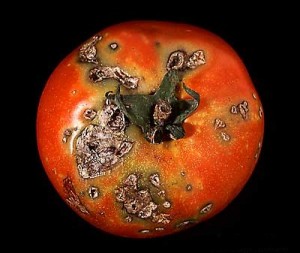There was Bronze Age, Copper Age, Iron Age and many other eras during which  the use of one material was prominent. After a particular era the importance of the precious material has toned down. Wood however is the only material which still has its important status since time immemorial. Although the wood has been replaced by metals, polymer, ceramic and other materials in many applications, wooden artifacts are still considered of great value. We still find people who fill their beloved homes with wooden furniture to make it beautiful and more authentic.
the use of one material was prominent. After a particular era the importance of the precious material has toned down. Wood however is the only material which still has its important status since time immemorial. Although the wood has been replaced by metals, polymer, ceramic and other materials in many applications, wooden artifacts are still considered of great value. We still find people who fill their beloved homes with wooden furniture to make it beautiful and more authentic.
Wood is one of the oldest friends of man and is always found in proximity to  them in the form of bed, dinner table, chairs, grandfather’s clock, grandpa’s arm chair and many more. Loving and decorating our homes with wooden furniture is fine but protecting them from some of the vile species is of utmost importance. Species which were meant to help environment by giving a hand in biodegradation of wood have actually now become a big menace. Species like termites, carpenter ants, etc. attack healthy wood and have the capability to turn them into dust. Apart from termites and carpenter ants, we also have wood boring beetles that vilify the wood.
them in the form of bed, dinner table, chairs, grandfather’s clock, grandpa’s arm chair and many more. Loving and decorating our homes with wooden furniture is fine but protecting them from some of the vile species is of utmost importance. Species which were meant to help environment by giving a hand in biodegradation of wood have actually now become a big menace. Species like termites, carpenter ants, etc. attack healthy wood and have the capability to turn them into dust. Apart from termites and carpenter ants, we also have wood boring beetles that vilify the wood.
About three hundred different species of wood-boring beetles are known to occur in our domestic woodwork indoors, but of these only seven are of frequent occurrence, and it is to the larval or grub stage that we apply the description  ‘woodworm’. Woodboring beetles are commonly detected a few years after new construction. There are three groups of wood-boring beetles—powderpost, deathwatch, and false powderpost.
‘woodworm’. Woodboring beetles are commonly detected a few years after new construction. There are three groups of wood-boring beetles—powderpost, deathwatch, and false powderpost.
Many different types of wood structures and commodities have been damaged by these wood borers. Timber, planks, musical instruments, and wood carvings are the examples of the commodities damaged.
The wood borers especially powder post beetles do significant damage to wooden commodities, much more than that done by carpenter ants. The damage is done by the larvae that feed and reduce the wood to a fine powder or mass of small pellets and create narrow, meandering tunnels in the wood.
After the adult female emerges, she seeks other open-grained wood and deposits  an egg in a pore. After hatching, the larvae eat their way into the wood, completing the cycle in about one year. This process may be repeated on the same piece of wood one quarter to one half inch from the emergence of the hole. Wood finishes: varnish, paint and waxes prevent an infestation. However, the insects already inside the wood will continue to thrive and eventually will emerge through the treated surface.
an egg in a pore. After hatching, the larvae eat their way into the wood, completing the cycle in about one year. This process may be repeated on the same piece of wood one quarter to one half inch from the emergence of the hole. Wood finishes: varnish, paint and waxes prevent an infestation. However, the insects already inside the wood will continue to thrive and eventually will emerge through the treated surface.
 The lumber supply may have contained wood infected with beetle eggs or larvae, and since beetle life cycles can be one or more years, several years may pass before the presence of beetles becomes noticeable. In many cases, the beetles will be of a type that only attacks living wood, and thus incapable of “infesting” any other pieces of wood, or doing any further damage.
The lumber supply may have contained wood infected with beetle eggs or larvae, and since beetle life cycles can be one or more years, several years may pass before the presence of beetles becomes noticeable. In many cases, the beetles will be of a type that only attacks living wood, and thus incapable of “infesting” any other pieces of wood, or doing any further damage.
There are several indicators that wood-boring beetles are present. Probably the  most common sign of a wood-boring beetle infestation is the presence of holes chewed by the adult beetles upon emergence. Another indicator is a powdery material called frass that beetles often produce while feeding. Frass is plant fragments made by a wood-boring insect; it is usually mixed with excrement. The beetles push the frass from the holes they have made in the infested wood. This frass usually gets piled below the holes or in cracks in structures. The consistency of the frass ranges from very fine to coarse, depending on the species.
most common sign of a wood-boring beetle infestation is the presence of holes chewed by the adult beetles upon emergence. Another indicator is a powdery material called frass that beetles often produce while feeding. Frass is plant fragments made by a wood-boring insect; it is usually mixed with excrement. The beetles push the frass from the holes they have made in the infested wood. This frass usually gets piled below the holes or in cracks in structures. The consistency of the frass ranges from very fine to coarse, depending on the species.
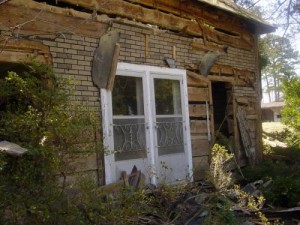 Sometimes an infestation is indicated by the presence of wood-boring beetle adults. Adult beetles that emerge in confined structures are attracted to lights or windows and may accumulate at these locations.
Sometimes an infestation is indicated by the presence of wood-boring beetle adults. Adult beetles that emerge in confined structures are attracted to lights or windows and may accumulate at these locations.
Other signs of an infestation include stained wood or a blistering appearance on the wood surface caused by larvae tunneling just below the surface. Less commonly, immature beetles produce audible rasping or ticking sounds while chewing on the wood. These chewing sounds are most often heard during quiet times at night.
To stop this night time chirping steps have to be taken at root level i.e. the lumber from which the wooden commodities are made should be protected from these borers. To curb this problem of the wood borer, a unique solution in contrast to the typical hazardous, non-effective has to be adopted. And there is a solution,
So for this particular problem, we at C Tech Corporation have come up with a viable solution.
At C Tech Corporation, we offer a safe and effective solution to deal with these insects.
Combirepel™ is a non-hazardous product that primarily repels insects from the application. It is a broad spectrum repellent which works against insects thus efficaciously repulse them away from the application. The best feature of this product is that it is environmentally safe and causes no harm to the insect as well as humans and the environment.
The product available in the form of lacquer can be used as a topical application and can be applied to wooden and concrete structures of heritage sites. The liquid concentrate is compatible with most of the surfaces like wood, concrete, fiber, ceramic, metal, polymer etc.
The product available in the form of masterbatch can be incorporated into polymeric applications like wires and cables, pipes, agricultural films, etc. while they are manufactured. The product will prevent the ladybugs from coming near to these applications.
The liquid concentrate can be mixed with paints in a pre-determined ratio and be applied to the interior and exterior areas of heritage sites which can be painted. The liquid concentrate is compatible with all types of paints and solvents.
Using our products, they can repel the termites in an eco-friendly way!
Contact us at technical.marketing@ctechcorporation.com if you are facing problems with insects.
Also, visit our websites:
http://www.ctechcorporation.com/
http://www.rodrepel.com/
http://www.termirepel.com/
http://www.combirepel.com/
Follow our Facebook pages at:
1] https://www.facebook.com/Combirepel-411710912249274/
2] https://www.facebook.com/Termirepel-104225413091251/
3] https://www.facebook.com/Rodrepel-120734974768048/
Follow us on our Twitter pages at:
1] https://twitter.com/rodrepel
2] https://twitter.com/termirepel
3] https://twitter.com/combirepel

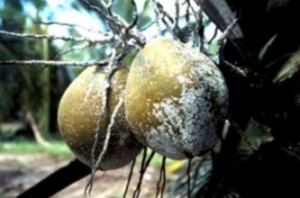
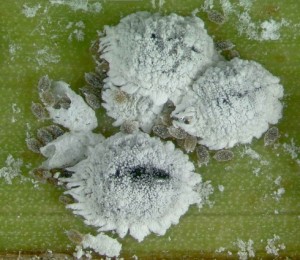
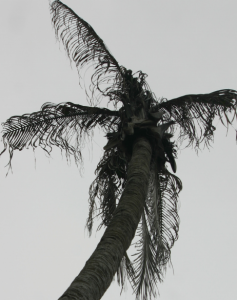
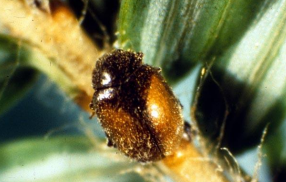
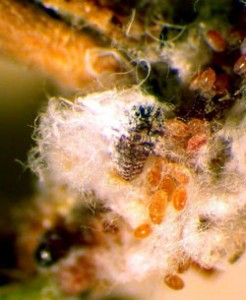


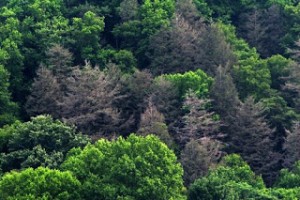
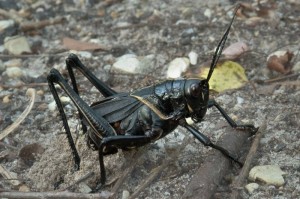
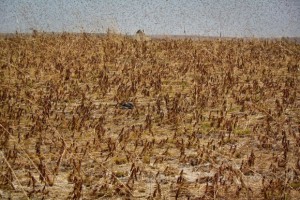
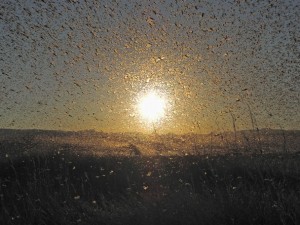
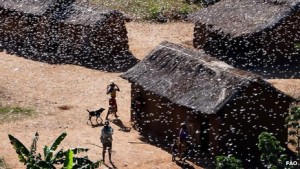
 family Siricidae. Of greatest concern are the large, non-stinging wasps that normally are attracted to and complete their life cycles in newly dead or dying conifer trees. Timber salvaged from these trees can be processed into infested lumber. This can lead to adult wasps emerging in recently completed buildings or structures.
family Siricidae. Of greatest concern are the large, non-stinging wasps that normally are attracted to and complete their life cycles in newly dead or dying conifer trees. Timber salvaged from these trees can be processed into infested lumber. This can lead to adult wasps emerging in recently completed buildings or structures.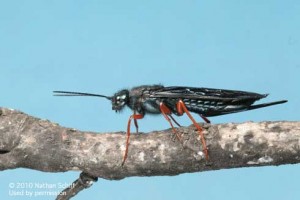
 ed, usually fewer than a dozen. Emerging wood wasps can chew throughjust about any substance, and you can see their large exit holes in wallboard or plaster walls, hardwood floors, linoleum, carpeting, nonceramic floor tiles, and other interior surfaces.
ed, usually fewer than a dozen. Emerging wood wasps can chew throughjust about any substance, and you can see their large exit holes in wallboard or plaster walls, hardwood floors, linoleum, carpeting, nonceramic floor tiles, and other interior surfaces.
